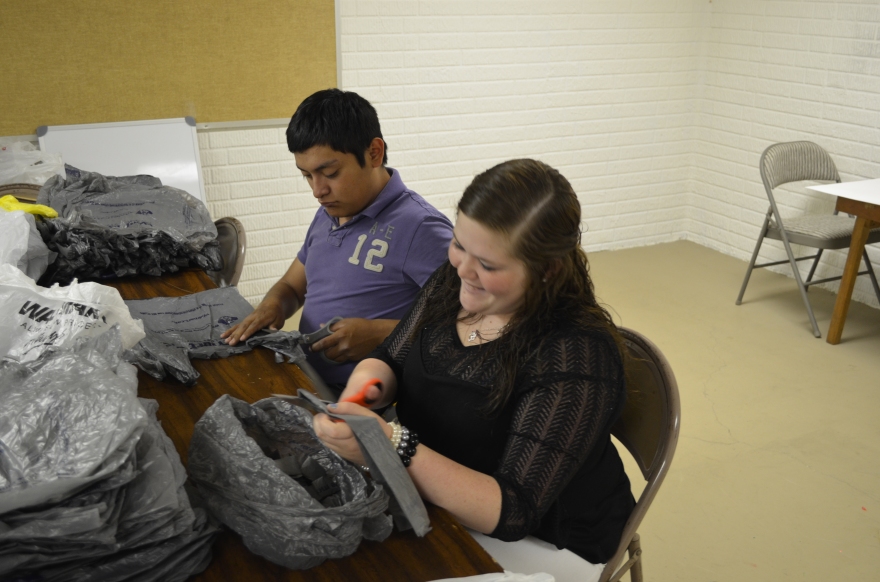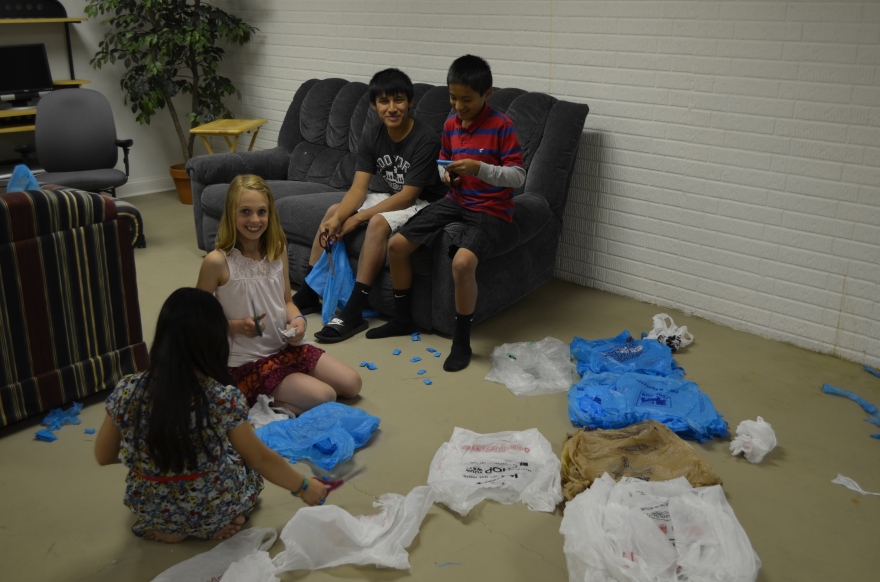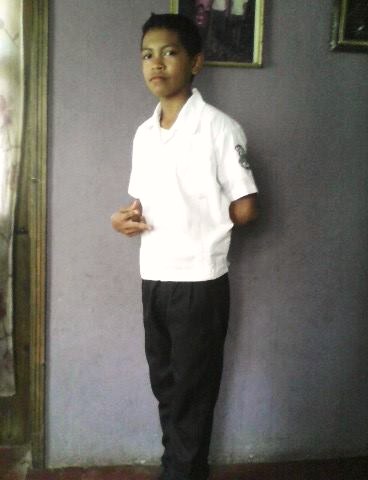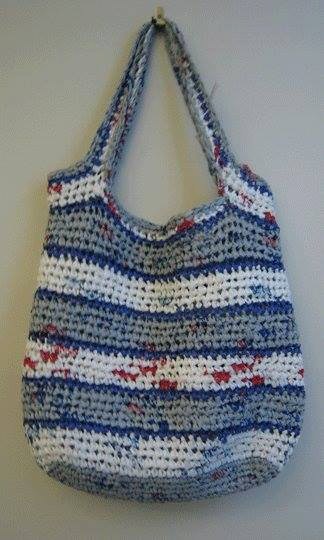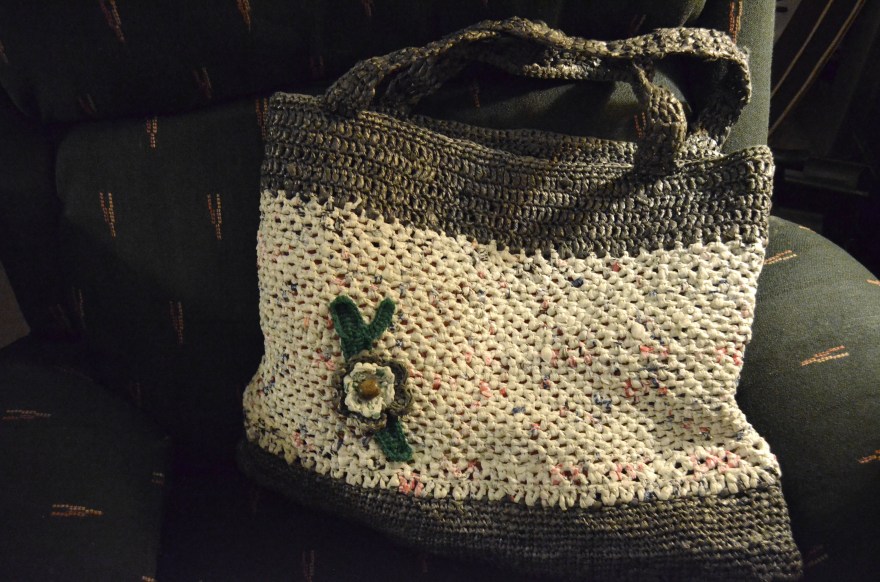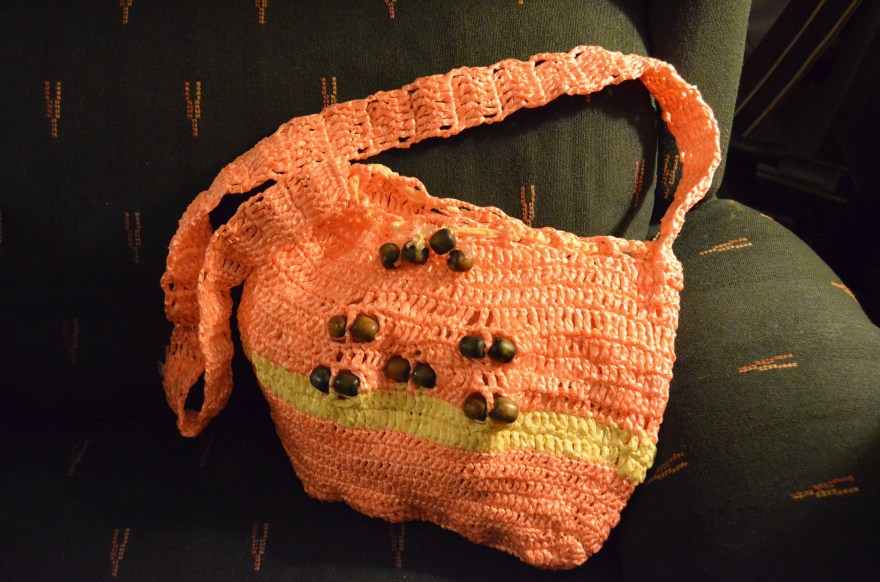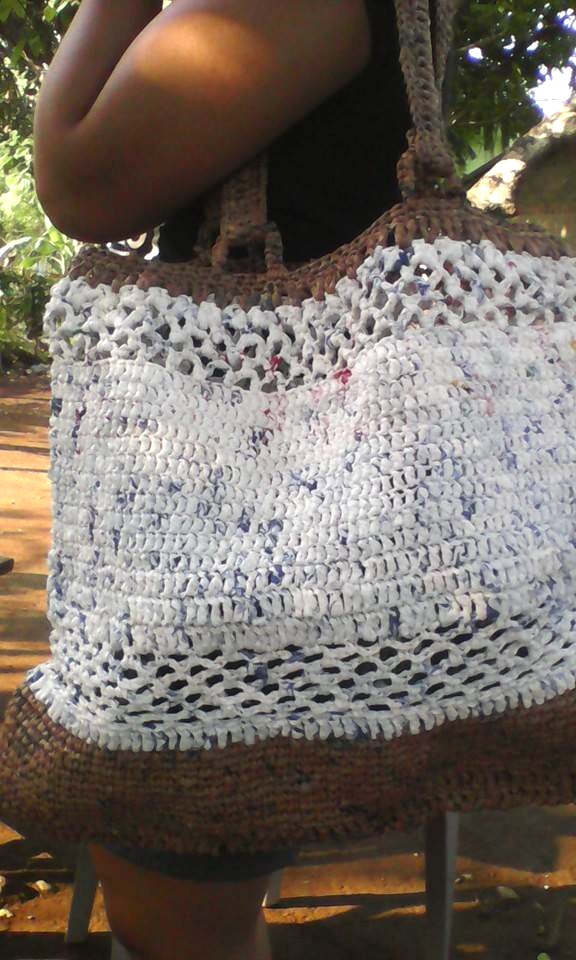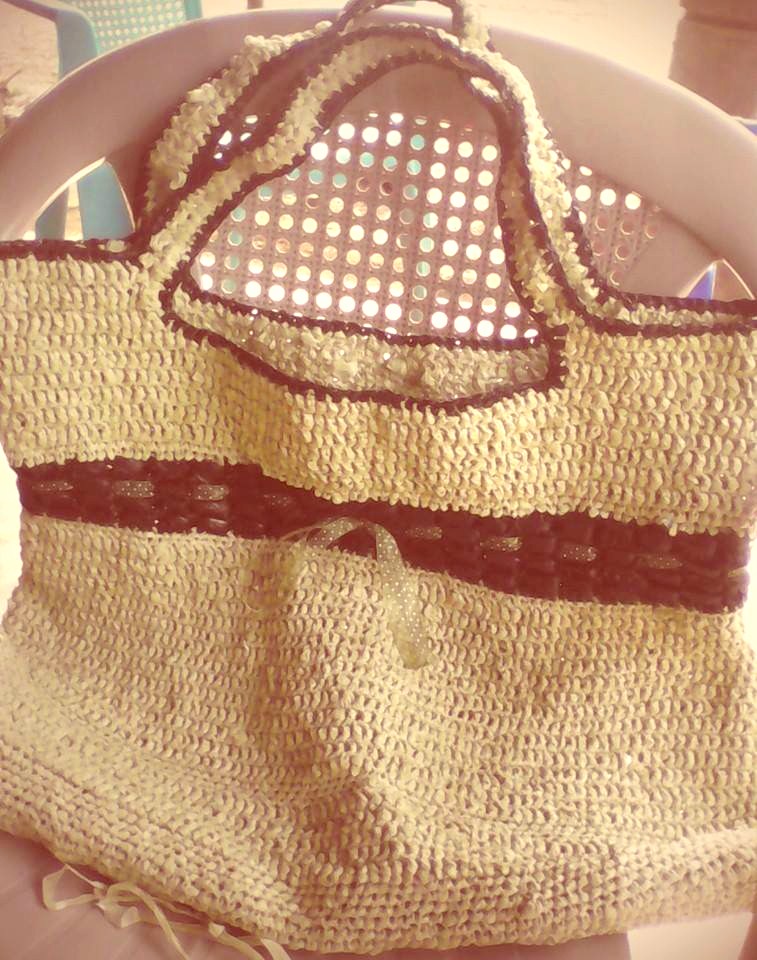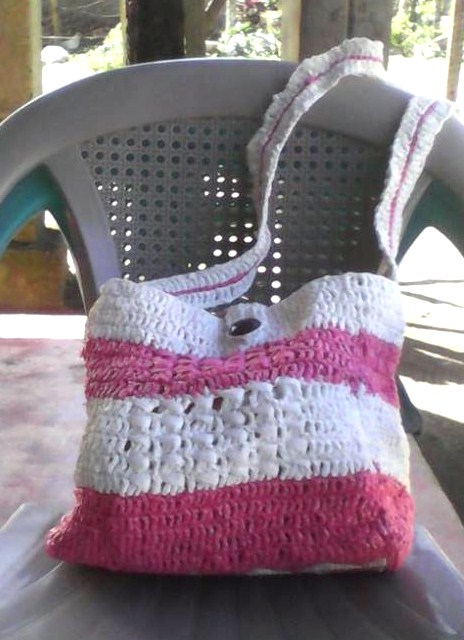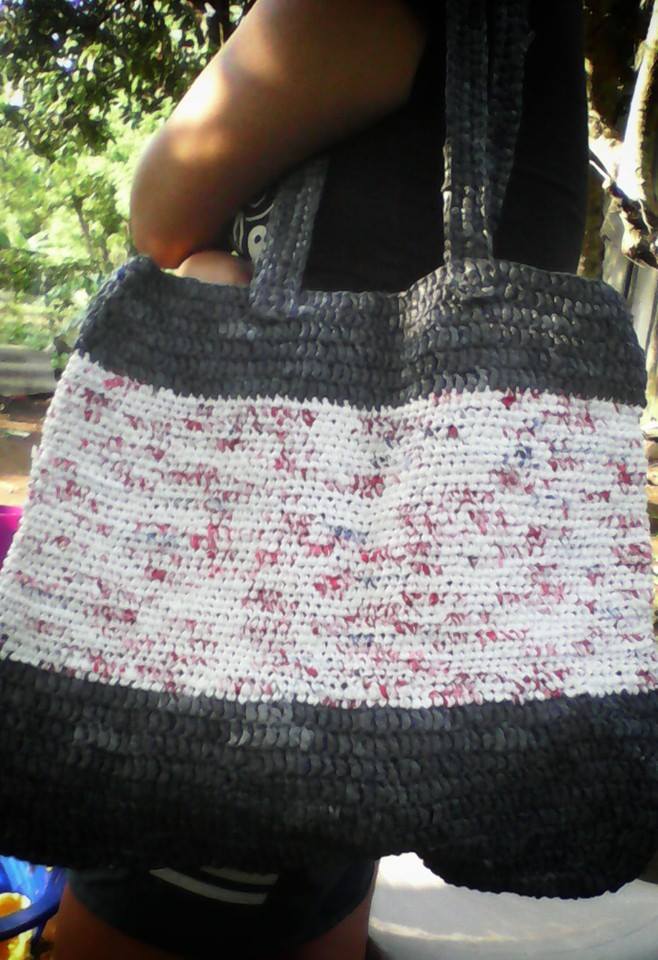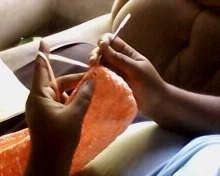After weeks of tense waiting, the results of the Honduras presidential election on November 26 were announced. The incumbent Juan Carlos Hernandez of the National Party defeated the outsider, Salvador Nasralla, of the newly formed Alianza de Oposición (Alliance against Corruption and Opposition to the Dictator). Reports of irregularities in the vote count sent the Nasralla backers into the streets in protest. For weeks now, the main highways and bridges have been block by the protesters using trees and burning tires. There was a recount supervised by the US and the European Union confirming the results. But rather than easing the tensions, it only led to stepped up protests.
A twitter campaign by university students called for a paralyzing of the entire country on December 11 by blocking roads, ports, bridges, etc. It said, “If we don’t fight today, who will fight for our kids?”

Although the major protests are confined to the large cities, the rural population has had to face many new hardships. People who don’t work locally can’t get to their jobs. Drivers – truck, bus, taxi, etc. – are out of work. Grocery stores and gas stations can’t restock. Local pulperias (small neighborhood stores) are closed. Those who cook on gas stoves are out of gas and have to resort to cooking outside with firewood. And this being the rainy season, that is particularly unpleasant and difficult.

A barber shop owner said, “Usually everyone gets there hair cut and trimmed nice for the holidays, but this year they are not showing up.”

Two reasons for this, they haven’t been able to work and don’t have the money, or they simply can’t get there because of the closed roads. She says she has loans to pay back and the loss of business has her worrying about losing her shop altogether.
Families are worried about their own survival and do not see an end to the problems any time soon. Their lives have been affected by government corruption for so long. People are saying it runs so deep that only God can help them now. The protesters are causing more hardships for their own daily lives, but they say now is the time for change no matter the cost.




 Ok. We need more air. Let’s try the fan
Ok. We need more air. Let’s try the fan


























